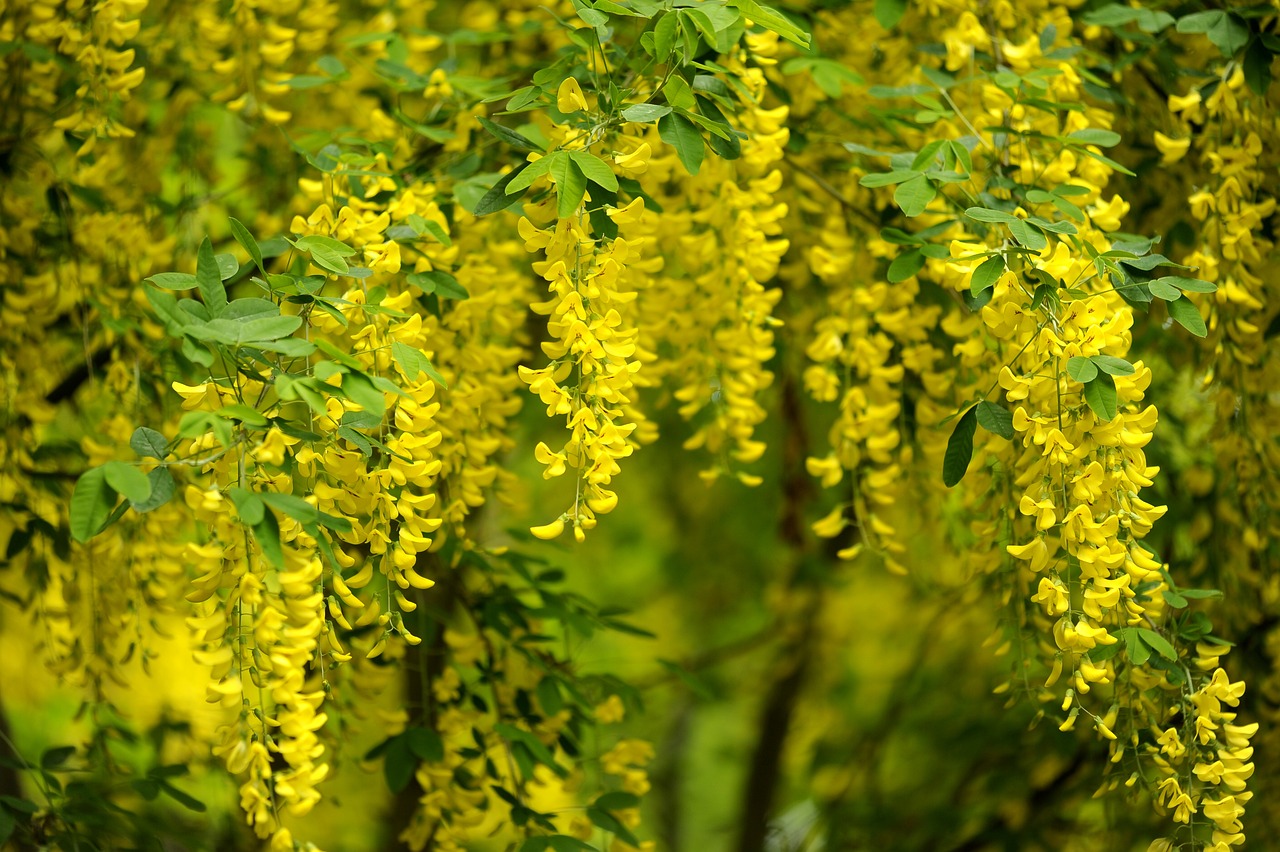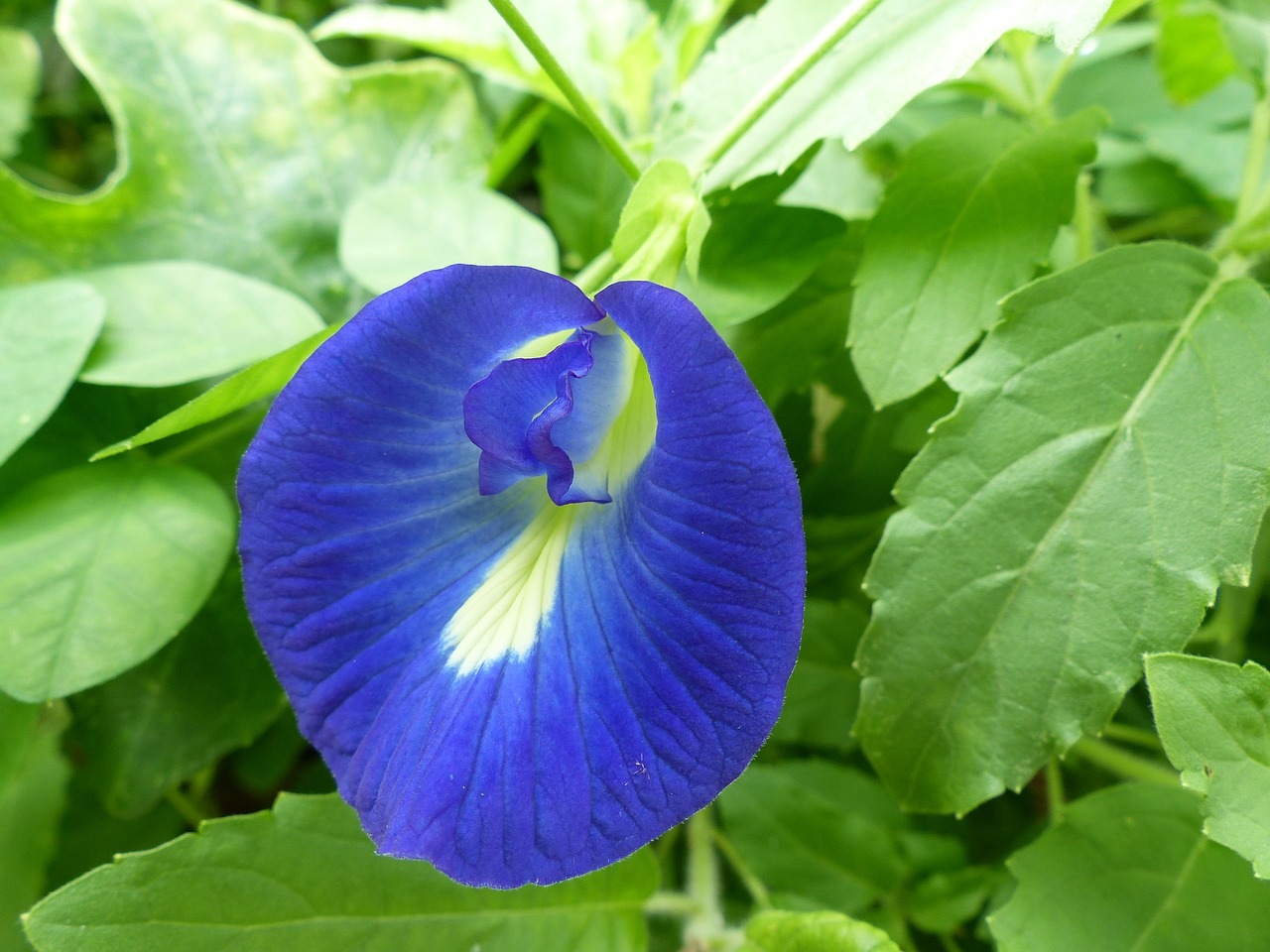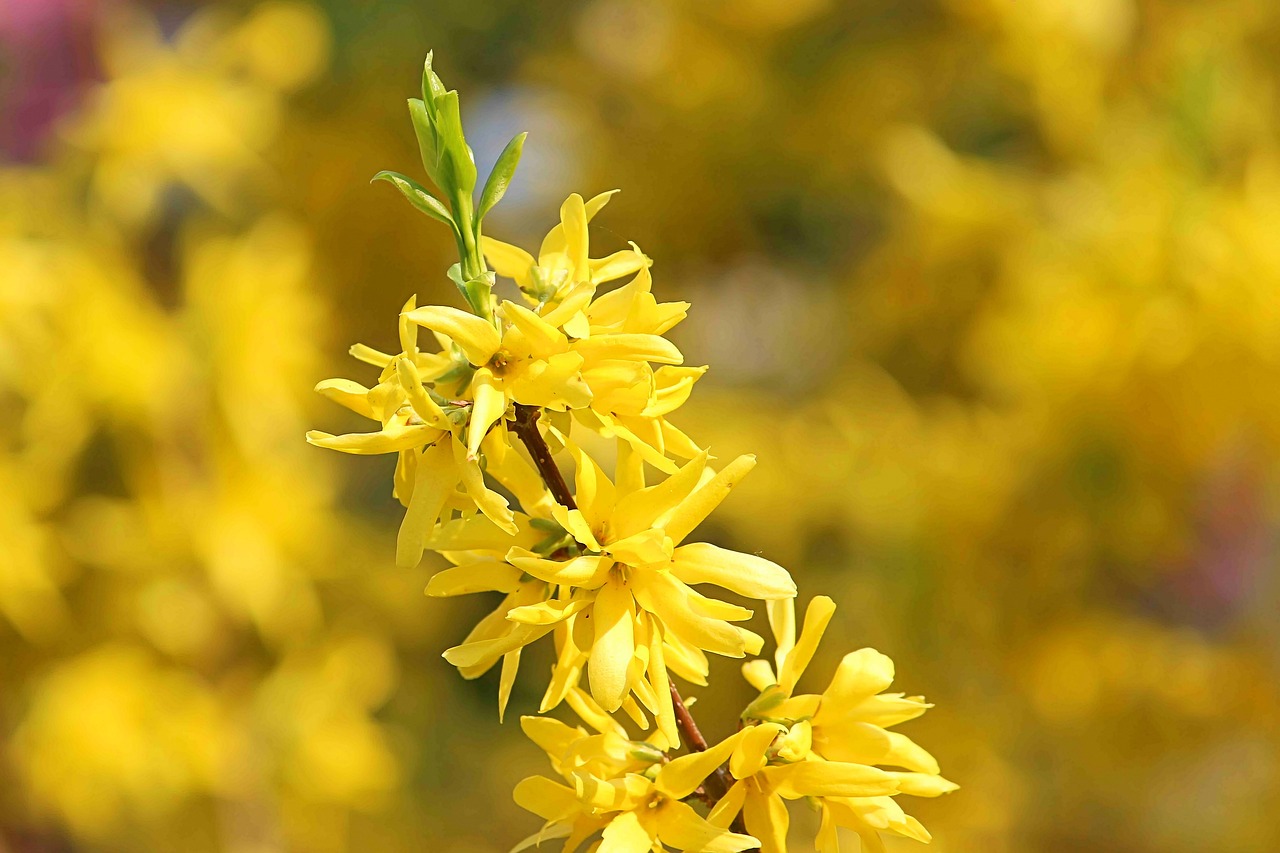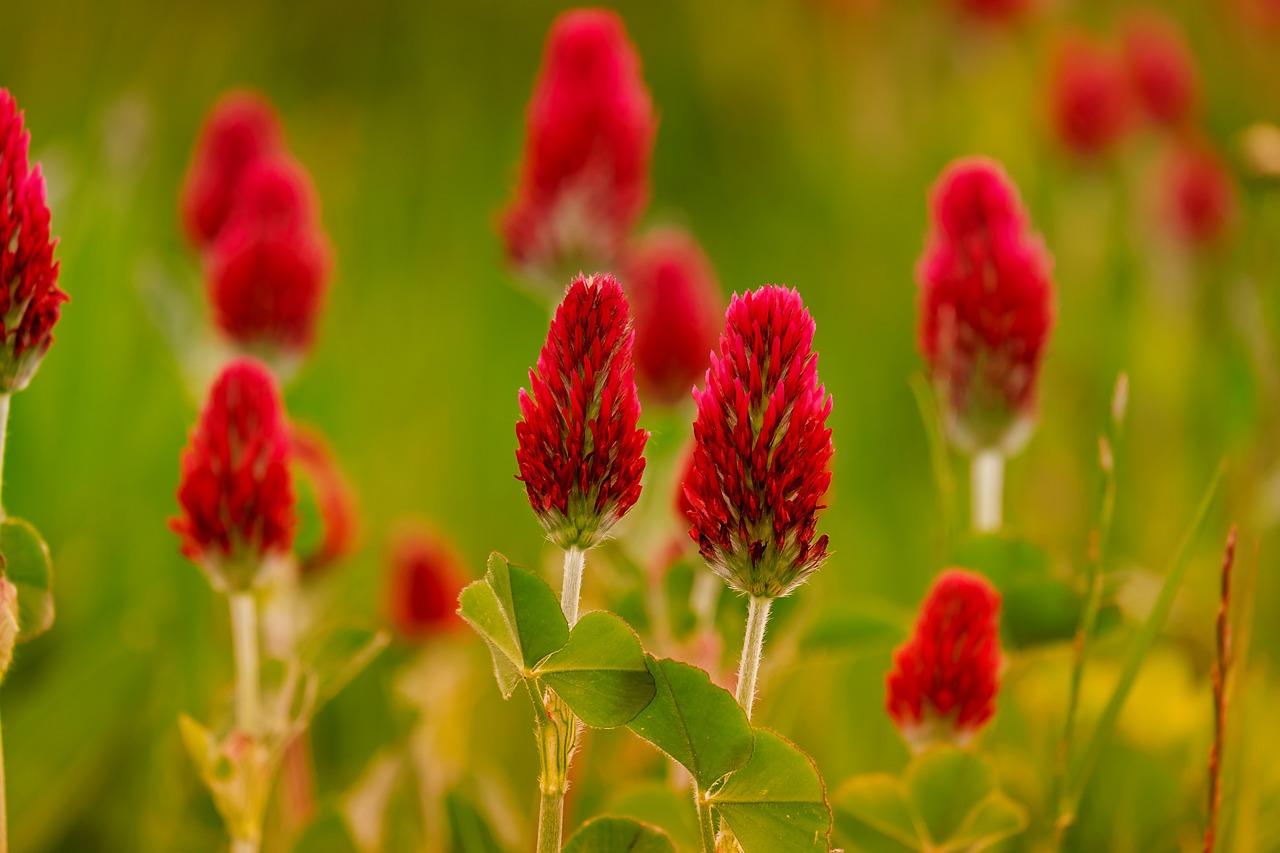Siberian False Lupin: Features and Care
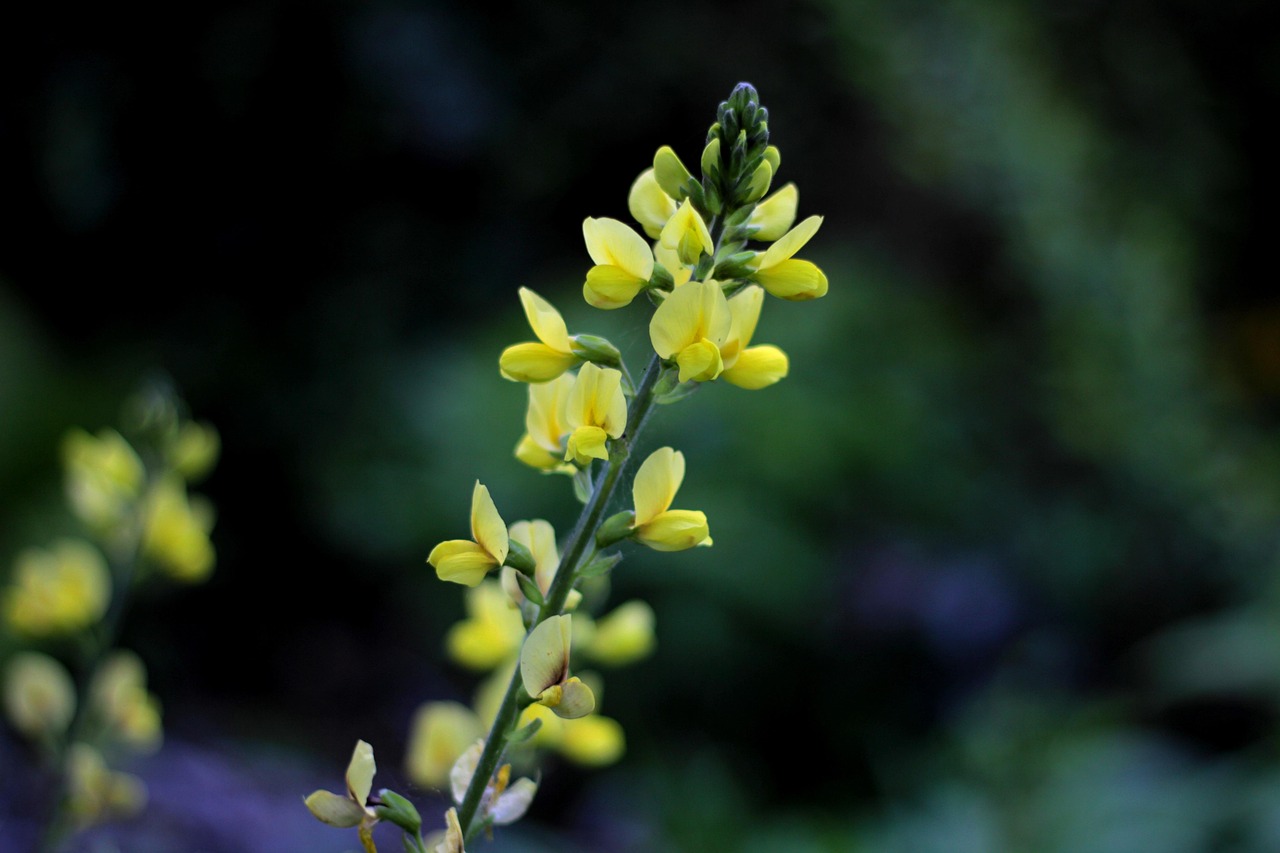
Siberian False Lupin is a perennial herbaceous plant with vivid yellow flowers and pinnate leaves. Native to East Asia, including Japan, it brings an elegant presence to both traditional and modern gardens.
This article explores the plant’s characteristics, cultural and historical background, and tips for cultivation.
Basic Information
- Scientific name: Thermopsis lupinoides
- Family: Fabaceae
- Origin: East Asia (Japan, China, Russian Far East)
- Appearance: Grows to 60–90 cm tall, producing bright yellow, raceme-shaped flowers on upright stems. The leaves are pinnate with a slightly thick texture.
- Blooming season: May to June
Cultural Significance Around the World
In Japan, Siberian False Lupin has long been used in gardens and temple landscapes. Its modest yet refined appearance suits traditional Japanese aesthetics and is commonly seen in temple grounds, particularly in regions like Kyoto and Nara. It is especially appreciated in early summer for its bright color.
In China and Russia, its use as an ornamental plant became more widespread in recent decades. In certain regions of China, its yellow blossoms are used in spring festival decorations. In the Russian Far East, it is often found in protected natural reserves and plays a role in the local ecosystem as a native wild plant.
Historical Background
In Japan, the cultivation of Siberian False Lupin dates back to the Edo period. It is believed that the name “Sendaihagi” was derived from Sendai, a region in northeastern Japan where the plant grows naturally. With the rise of horticultural culture during the Meiji era, it became more commonly available across the country as a garden plant.
By the late Meiji period, the plant was introduced to Europe and North America. During the early 20th century, when interest in East Asian flora was growing, it was exhibited in botanical gardens and studied by Western botanists. American researchers in particular conducted comparative studies with other Thermopsis species, contributing to its taxonomic classification.
Gardening Advice
Siberian False Lupin is a deciduous perennial that is relatively easy to manage. Below are key points for successful cultivation.
Sunlight
Prefers full sun but can tolerate partial shade. More sunlight encourages better flowering.
Watering
Water thoroughly when the soil surface dries out. Avoid waterlogging by ensuring proper drainage.
Soil
Grows well in neutral to slightly alkaline, well-drained soil. Garden soil enriched with compost is suitable.
Fertilizer
Apply slow-release fertilizer in spring and autumn. Excessive fertilization is unnecessary.
Pruning and Maintenance
Remove spent flower stalks after blooming to improve appearance and prevent pests. Allow the plant to remain untouched in winter when the above-ground parts die back.
Repotting/Division
Replant every few years when the plant becomes crowded. Best done in autumn or early spring.
Conclusion
Siberian False Lupin is a perennial plant valued for its bright yellow flowers and tidy foliage. Closely tied to Japanese garden culture, it has been traditionally used in temple plantings and landscape design.
During its flowering season, it brightens gardens and maintains its charm through regular maintenance. With its cultural and historical significance, it continues to be appreciated by garden enthusiasts and botanists alike.

